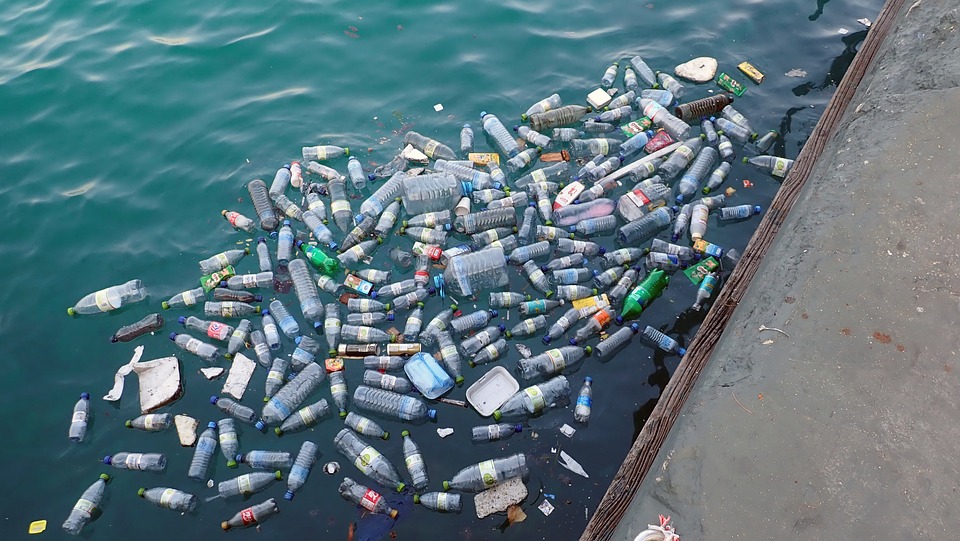
Ganga faces grave threat of microplastic pollution

Microplastics are a dominant pollutant in Ganga, reveals a recent study by Delhi-based environment NGO Toxics Link.
Toxics Link conducted a study called ‘Quantitative analysis of Microplastics along River Ganga’, which was based on analysis of water samples collected at Haridwar, Kanpur and Varanasi.
Microplastics are small pieces of plastic which are less than 5 mm long and are harmful to our ocean and aquatic life because of their insoluble nature.
The Hindu reported that the highest concentration of microplastic was found at Varanasi. Toxics Link coordinator Priti Mahesh said, “Microplastics are flowing into our rivers unhindered. It does reflect or suggest a direct linkage between the poor state of both solid and liquid waste management; hence it is critically important to initiate steps to remediate it.”
The sources of microplastics are varied, but larger plastic debris are the major ones which break down into smaller pieces. Besides, microbeads too are very tiny pieces of polyethylene plastic that are added as exfoliants to health and beauty products like cleansers and toothpastes. No water filtration process is capable of removing these microbeads. As a result, they end up in water sources like rivers and eventually flow into oceans, thus posing threat to aquatic life.
It has been found that plastic in water directly impacts over 600 marine species and about 10% of them are directly affected by consumption of microplastic.
Also read: Is plastic pollution our Waterloo moment? Look around, there’s more
High presence of microplastics in Ganga is a matter of grave concern especially so because the Narendra Modi government had launched National Mission for Clean Ganga with great fanfare with an objective of making the holy river clean again.
Microplastics generally enter rivers from untreated sewage that flow from every nook and corner of our urban centres. Industries too contribute to this by releasing factory waste into nullahs that end up in rivers.
Plastic refuse like polythene bags dumped in rivers break down into smaller particles (microplastic) and reach oceans, which is the last dumping point for all plastics used by man.
A close analysis of the below 5mm long plastic particles in Varanasi revealed that the pollutant included everything from fibres to fragments, films and beads.
The study found microbeads in Varanasi and Kanpur.
Satish Sinha, Associate Director at Toxics Link said that the threat of plastic pollution in water bodies is real and we need a forward-looking view to solve the problem. “Various stakeholders, including industry, the government and civil society organisations, need to join hands for improving plastic waste management and the subsequent reduction in microplastic pollution,’ he said.


